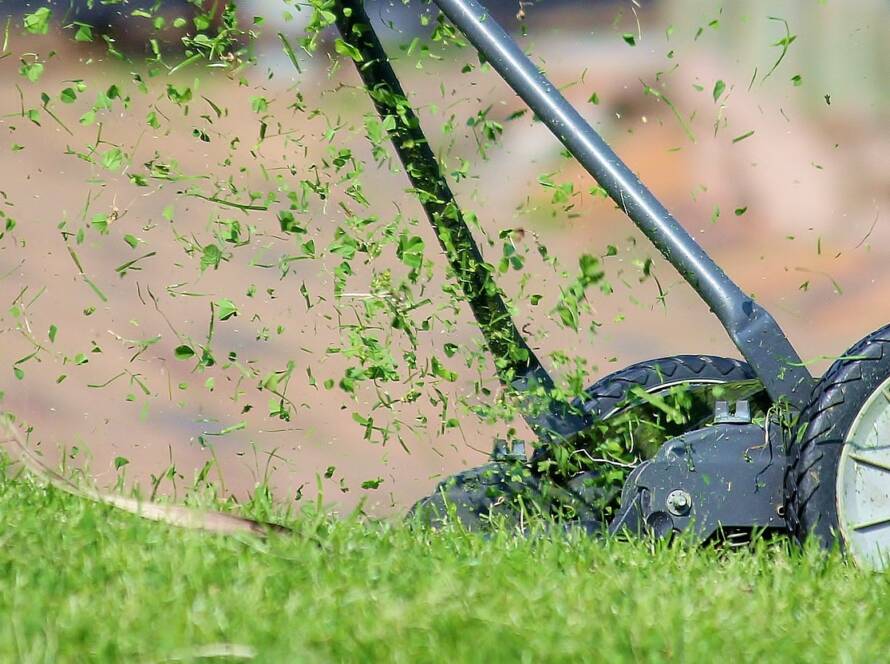This is the one area that many farmers fall short and costs them better returns.
For the grading process there are five major aspects that determine the grade of the leaf. They are:
Plant Position, Colour, Quality or Degree of waste, Style Factor and Length.
Plant position is as it states and must be kept separate – Primings (P), Lugs (X), Cutters (C), Leaf (L) & Tips (T).
Colour is normally broken down into Pale lemon (E), Lemon (L), Orange (O) and light & dark Mahogany (R & S).
The Quality of the leaf will be determined by the amount of blemish within the lamina.
The Style factor is primarily broken down into: Ripe, Soft style (F/FA), Standard Style, and Close grained slick styles (J & K).
Secondary Styles are Spot (A), Harsh Natured (D), Scorched (Q), Running Green (V), Green (G) and Guinea Fowl Spot (Y).
Length is something generally over looked but if the variation in length is too great it can be considered mixed and will affect your prices. Longer leaf will often get a better-quality grade and better prices.
The art of good grading is to produce a manageable amount of grades easily identifiable with a high consistency within each grade. Grading is generally broken down into rough graders, check graders and master blender. The one area on farms where there is often a bottleneck is if the check grader starts trying to grade badly graded tobacco by the rough grader. This should not happen; the check grader’s job is to pluck out the odd leaf that is out of place. If it is badly graded it must been send back to the rough grader. The master blender’s job is to blend the grades from each of the check graders and make sure the grade is even and presentable ready for tying.
Tying of the dooks is also an important part of your final presentation. Dooks should be about 3cms in diameter and the tying leaf should be the same quality as the grade being tied. The tie leaf should go about 80mm down the stems of the tobacco being tied.
Neatly baled tobacco always catches the eye on the floor and it is important to create a good impression before the bales are opened for sale. Well graded tobacco will encourage the buyer to buy with confidence which generally leads to better prices. When tying your bales make sure the twine is sowed straight and your spaces between stitches is 40mm. Use lock stitches at the ends of your bales to avoid the stitches “running”.
The importance of grouping your sale should not be overlooked as a well grouped sale makes the buyers job easier leading to better and more stable prices where badly grouped sales inevitably costs the grower money.


